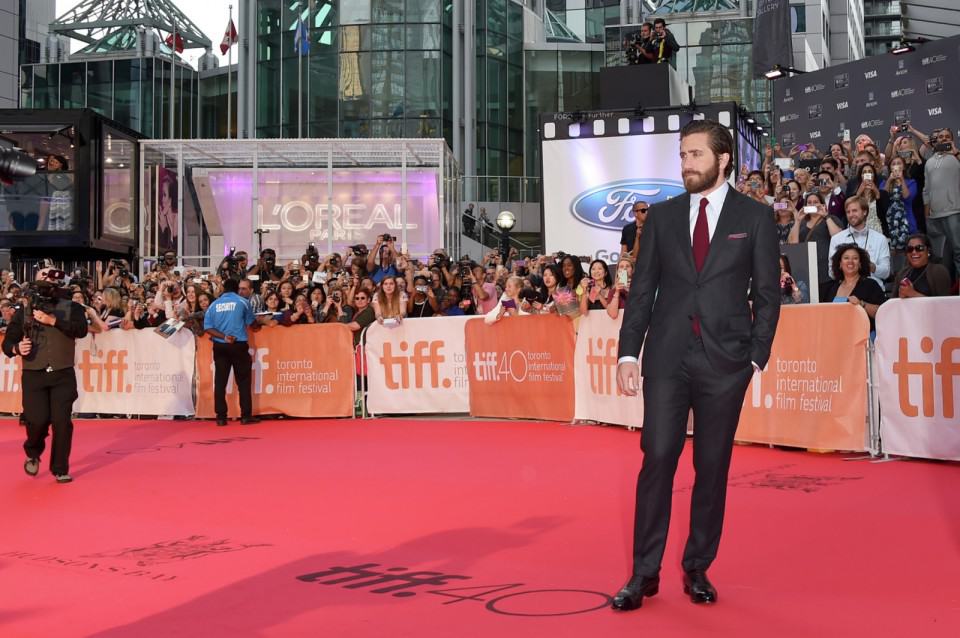The beginning of September means different things for different people: kids are getting ready to head back to school, football and hockey fans are eagerly looking forward to the start of a new season, and film buffs living in Canada’s largest city are waiting with bated breath for the return of the Toronto International Film Festival.
This year, TIFF is celebrating its 40 year anniversary. Some of the most anticipated films coming to the city this year include The Martian with Matt Damon, Black Mass with Johnny Depp, and plenty of other films with the potential for major box office success, as well as award recognition. While the festival has become a hub for big-budget Hollywood movies, 40 years ago, this was not the case.
When the festival first started in 1976, the initial lineup focused on two sectors of the film industry: Canadian films, and international films without broader North American release. In the early years of the festival, TIFF became known for jumpstarting the careers of up-and-coming filmmakers such as the Coen brothers, Gus Van Sant and Jim Jarmusch — amongst others. Canadian talents were also well showcased. Deepa Mehta and Atom Egoyan became festival darlings, and exemplified the type of filmmaking that Canadians could call their own.
By the ‘90s, an increasing number of films from the major Hollywood studios took over the festival line up, resulting in Canadian films taking a backseat for media attention. The opening night films, which were generally restricted to Canadian productions, quickly shifted to star-studded Oscar potentials. In a 2012 Macleans article entitled “Hollywood vs. TIFF,” author Brian D. Johnson discussed how the festival’s original goal, to promote the cinema of its own cultural identity, has diminished and become more corporate. TIFF used to have a section of the festival dedicated entirely to Canadian cinema, but this has since been incorporated into other sections.
TIFF’s artistic director, Cameron Bailey, admitted that the reason for letting non-Canadian films open the festival in recent years was to attract more foreign buyers. As he told Johnson, “If you’re coming from out of town, for years you felt like it was not your night, it’s a Canadian night.” When asked about the claims that Canadian identity at the festival has diminished, Bailey counters that cinema is no longer a domestic industry, and has since grown into an internationally based medium where several countries will team up to produce one film.
Despite the changes that TIFF has undergone over the past 40 years, it is hard to deny the festival’s impact on the film industry, particularly on the Academy Awards. Films like The King’s Speech, Slumdog Millionaire, and countless other films have premiered at TIFF, and have either won best picture, or have been nominated in the same category. Most importantly, the festival is a chance for Toronto to bask in the spotlight — reminding the world that the city is an integral piece in the international film industry.
FACE THE CHANGE
A look back on previous years at TIFF clearly illustrates the changes the festival has undergone.
This year, the price of an adult ticket for a standard presentation is $25. In 1976, regular admission was a whole $2.
Last year, the number of people in attendance at TIFF rounded out to roughly 432,000. 40 years ago, the approximate number of attendees was 35,000.
While the festival is now a hub for celebrity appearances, in the early days this was not the case. The first taste of celebrity buzz came in 1977 when Henry Winkler — more commonly known as “The Fonz” — made a guest appearance at the festival.TIFF was actually named “the Festival of Festivals” until 1994, when it adopted its current title.
DID YOU KNOW?
• The festival brings in an estimated $170 million to the city of Toronto every year.
• In 1991, Toronto filmmaker Atom Egoyan chose to give his $25,000 Canadian film award to the runner-up, whom he felt needed it more. In 1989, Toronto filmmaker Bruce McDonald declared he would spend the $25,000 on “a big hunk of hash.”
• Upon Andre the Giant’s arrival to TIFF’s premiere of The Princess Bride, a special seat had to be made for the actor/wrestler, who was 7”4 and weighed 520 pounds.


